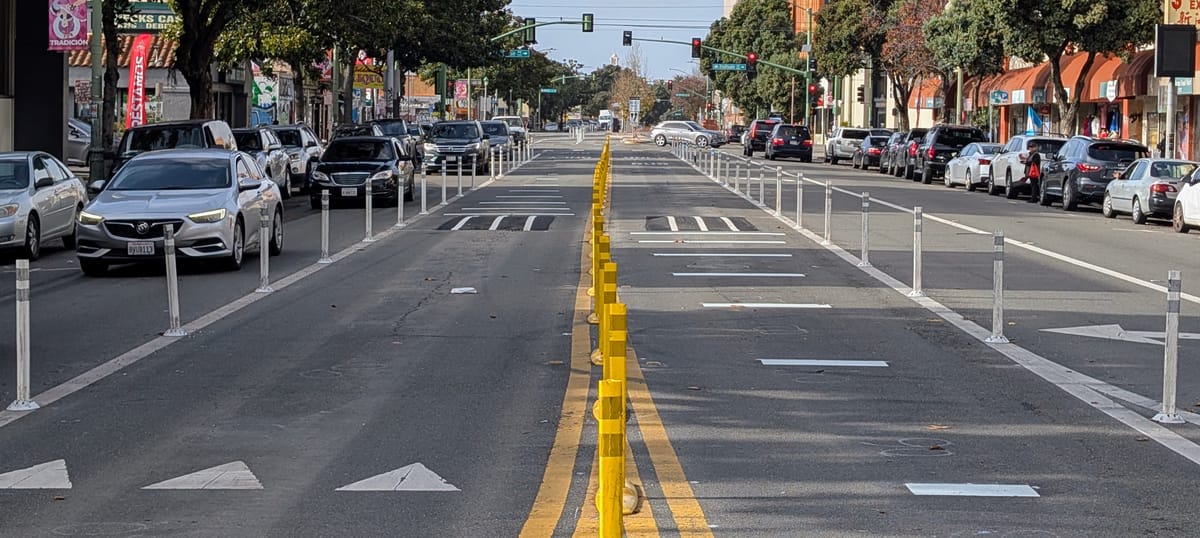Highlights from the Streetsblog Network today: commentary on how transit investment and demographic change are shaping cities.
D.C.'s Metro as a Case Study in Urban Redevelopment: Happy Birthday, D.C. Metro! Washington's transit system turns 35 this week. Yonah Freemark at the Transport Politic takes the opportunity to examine the system's effect on urban development patterns. The data shows it's not quite as straightforward as "build it and they will come." Looking at the nine stations that opened between 1997 and 2001, only three have seen significant new development following their introduction. Many neighborhoods on the Green Line, which ran through one of the city's weaker real estate markets, saw a decline in construction following the introduction of rail transit, Freemark observes. "This does not mean that the opening of the new Metro stations was not an important element of regional growth in Washington, but rather that that infrastructure in itself is not enough to encourage developer interest," he writes. "In the case of many of these stations, land was not available, zoning was not free enough, and the neighborhoods were not attractive enough to see substantial change, at least over the past ten years."
Smart Transit Station Placement in the Bay Area: The importance of putting transit stations in the right place isn't lost on Bay Area planners, according to The Overhead Wire. The blog says BART extension plans, while not perfect, get it right in at least one case: The Livermore station is positioned in a dense residential area, rather than a highway-accessible location with ample parking. The Overhead Wire credits the Metropolitan Transportation Commission's TOD policy [PDF]. But not everyone gets it. One Livermore resident laments: "I guess the thing that's hardest for me to comprehend is that they're putting this train right down the most populated part (of the city) they could come up with." That was the point, the Overhead Wire writes, and that is exactly the type of planning that will make the system's $3.8 billion investment worthwhile.
The Complexities of D.C.'s Demographic Change: The news that D.C. just barely maintained its black majority in the latest Census count is sparking debate in the nation's capital. Richard Layman at Rebuilding Place in the Urban Space writes that the real issue isn't race -- it's income, educational attainment, school quality, and the appetite for urban living. Middle-class black migration out of the city is a major factor that most writers overlook, he observes. As the white and Latino populations of D.C. have grown, so has the black population of suburban Prince George's County and Charles County. Layman argues that, in many parts of D.C., whites are simply moving in to areas where middle-class blacks have left. Since this doesn't fit the definition of displacement, what's happening in D.C. isn't the typical gentrification pattern, he writes.





